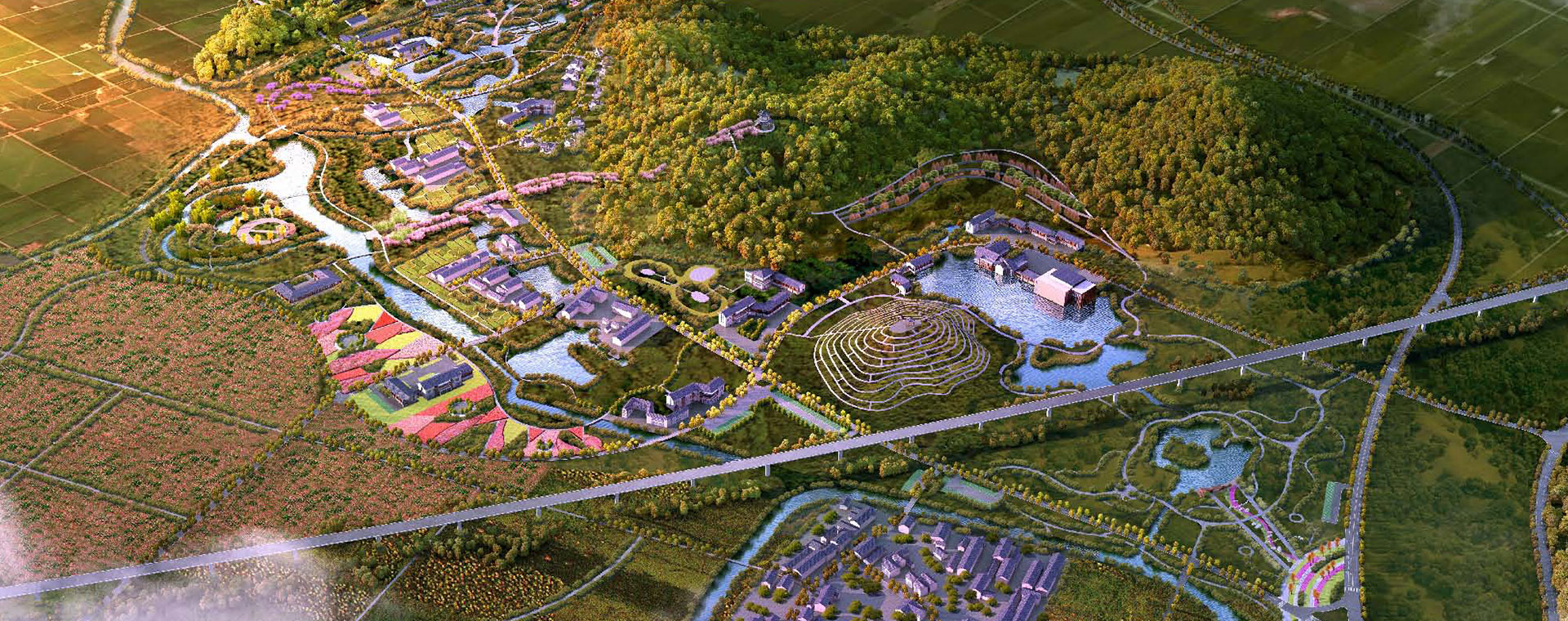Xilin Garden
Xilin Garden
Xilin Garden is located in the southern foothills of Jiaoshan Mountain in the east of Wuxi. It faces Runxi North Road on the east, Niutui Mountain on the west, and jiaoyang Road on the south. Xilin Garden, covering an area of about 10 hectares, is a typical Jiangnan traditional garden.
XilinYuan was founded in the first year of Jiajing (1522) by an outstanding publisher and collector of the Ming Dynasty (1481-1534) while declined in the first year of Qing Shunzhi (1644). At first, An Guo excavated a huge water surface of 100 hectares south of Jiaoshan Mountain and named it Jingtan. Then he built two islands, Jindun and Jiaodun, in the water. Jingtan and these two islands formed the prototype of Xilin Garden. Later, An Guo's great-grandson An Shaofang built 32 new scenes in the garden. For a time it was so famous that celebrities around China competed for appreciating it, which helped it become one of the four most famous gardens in Jiangnan.
Mainly based on the 32 scenes of Xilin Garden during the ancient time, the garden now fully utilizes the natural environment of Jiaoshan Mountain, including its natural landscape and landform. The garden also explores and represents its own history, culture, and humanistic spirit with its water- and stone-made scenes. Relying on the geographical characteristics of the original North Zhao Lane, the garden is surrounded by water that is wide and uninfected. The spirit of the garden is integrated with the grand structure of heaven and earth. Xinlin Garden is consisted of mountains, water, and valleys, where pavilions and houses, trees and flowers are set at different places as the designer takes mountains and water in the garden into consideration. Therefore, when tourists look up they can see mountains and down can see spring. If they look aside, bamboos, trees, clouds, and stones will jump into their eyes.
The overall layout of the garden strives for the integration of mountains, water, buildings, trees, plants, and ornaments. The garden imitates its former structure, lying against mountain and water. It is apt at utilizing the beauty of mountain and water to integrate its artificial architecture with nature.
The planning and design of the park is based on the inscriptions recorded in the 32 scenic spots of Xilin in old time. The design figures out the artistic conception described in Atlas of Xilin Gardens, follows the ancient architectural regulations, reproduces the scenic scenery of old-time Xilin through the landscape and landforms, and carefully builds Zhongzhou, Xuehu Pond, Guipo Pavilion, and Fu Island, Jingtan and other important attractions. The rockery stacking, ground paving, plant configuration and architectural details in every part of the garden are carefully designed. Flowers and trees, flowing water, falling waterfalls, rocks, and bamboos are placed to ensure that every step has its unique scenery. Every plant, tree, brick and tile are carefully carved, which not only strives to reflect the realm pursuit of the former garden owners and celebrities, but also meets the aesthetic interest of contemporary people. Carrying forward the cultural treasures of traditional Chinese gardens helps it radiate new vitality in the context of the new era.



